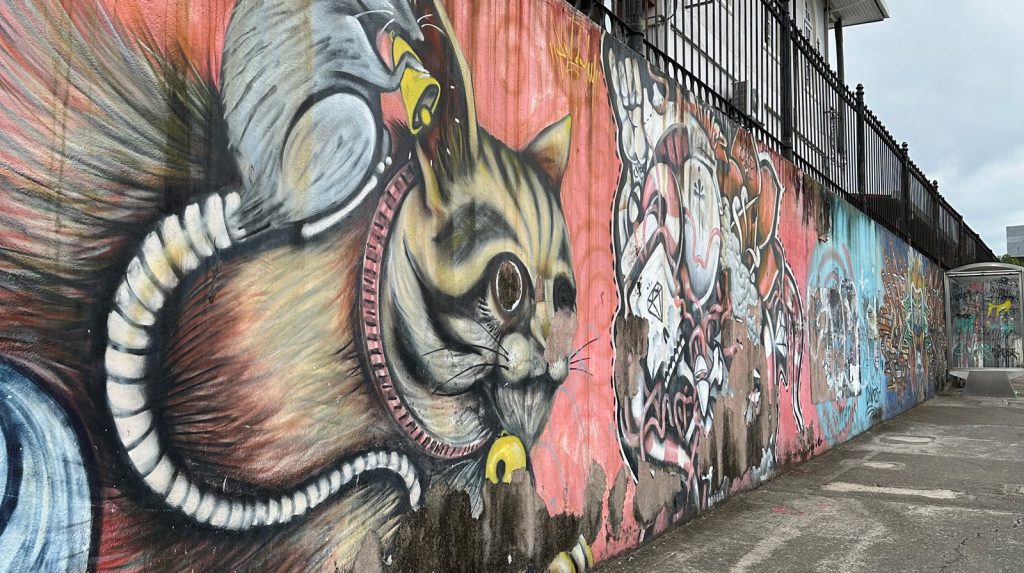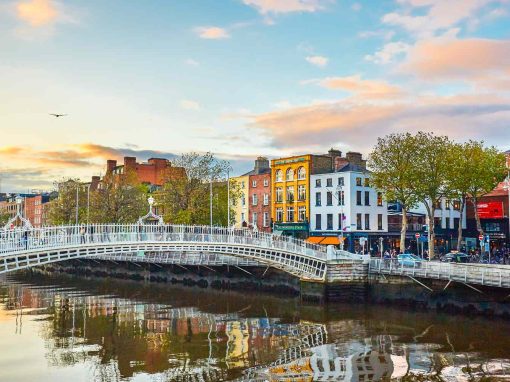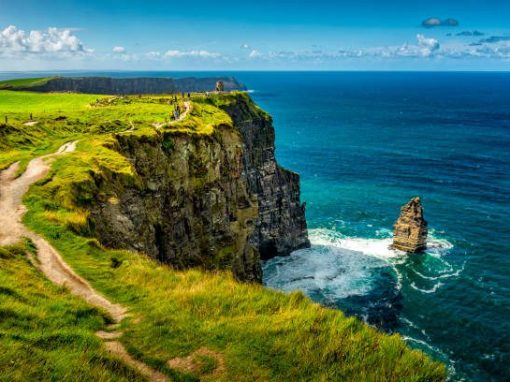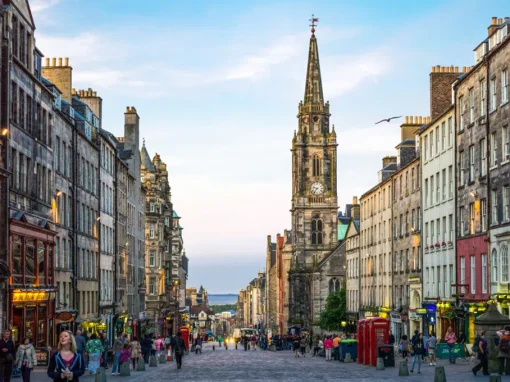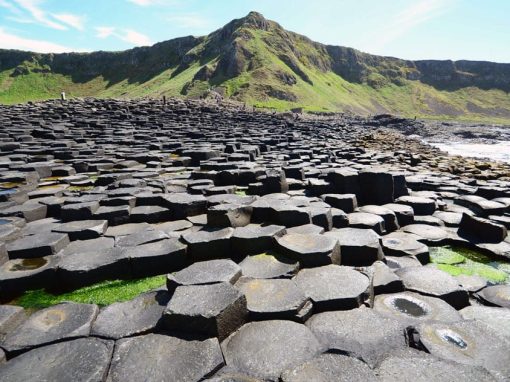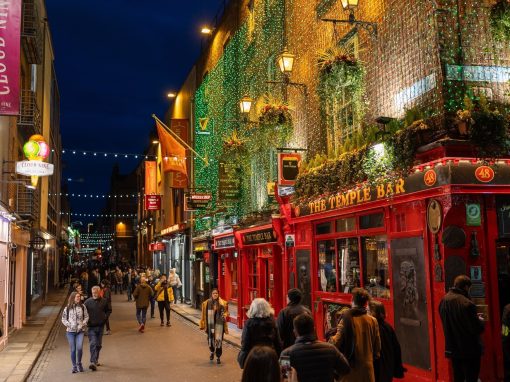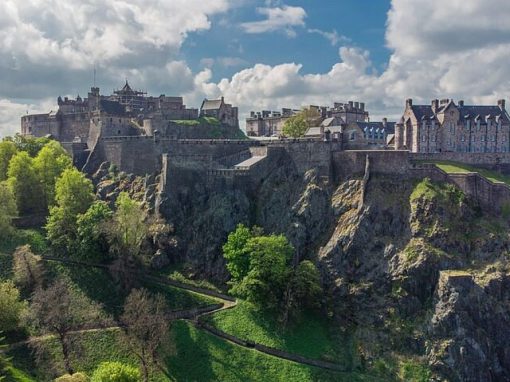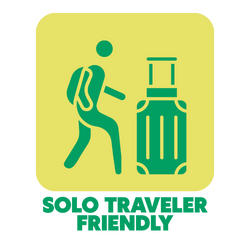




*Prices include airfare, lodging, ground transportation, meals, activity fees, and more.
*Any exceptions are clearly disclosed in the application.
Day 1: Overnight Flight from Nashville, Tennessee
Day 2: Dublin
Today, we arrive in Dublin, a former Viking settlement at the mouth of the River Liffey. Then begin to explore Ireland’s capital, a vibrant cultural center with a rich literary history, as evidenced by former residents ranging from Oscar Wilde and James Joyce to Samuel Beckett and George Bernard Shaw.
Day 3: Dublin
Day 4: Belfast
Day 5: Belfast
Day 6: Edinburgh
Day 7: Edinburgh
Day 8 & 9: Free time & Departure
UNITED NATIONS SUSTAINABLE DEVELOPMENT GOALS

Goal 4: Quality Education

Goal 8: Decent Work & Economic Growth

Goal 9: Industry, Innovation, and Infrastructure

Goal 11: Sustainable Cities & Communities

Goal 12: Responsible Consumption and Production
The itinerary encourages learning about traditional practices and local crafts, such as tartan weaving in Edinburgh. By supporting locally-owned businesses and engaging with sustainable tourism practices, the tour promotes responsible consumption, especially when exploring cultural goods and services. It encourages responsible travel that respects both the environment and local economies.

Goal 13: Climate Action
The exploration of natural wonders like the Giant’s Causeway reflects the importance of understanding and protecting the environment. The itinerary also includes visits to regions with strong conservation efforts, helping to raise awareness of climate change and the need for sustainable environmental practices, particularly in the context of tourism.
EDUCATIONAL & CULTURAL OPPORTUNITIES
- Tourism & Hospitality – The entire tour is designed to showcase important tourist destinations, highlighting attractions, local culture, and experiences that are integral to the tourism industry.
- World History – The itinerary delves deeply into the history and culture of Ireland and Scotland, providing insight into their rich literary history, folklore, and national traditions (e.g., haggis, Gaelic games).
- Conservation – The exploration of natural wonders like the Giant’s Causeway and scenic landscapes in Scotland involves studying geology, natural formations, and the impact of the environment on regional development.
- Visual & Theatre Arts – Literature and arts are woven into the experience through visits related to famous authors like Oscar Wilde and James Joyce, as well as art galleries and museums.
- Culinary Arts – The traditional haggis tasting offers an opportunity to study regional cuisine and culinary traditions as part of a broader understanding of cultural food practices.
